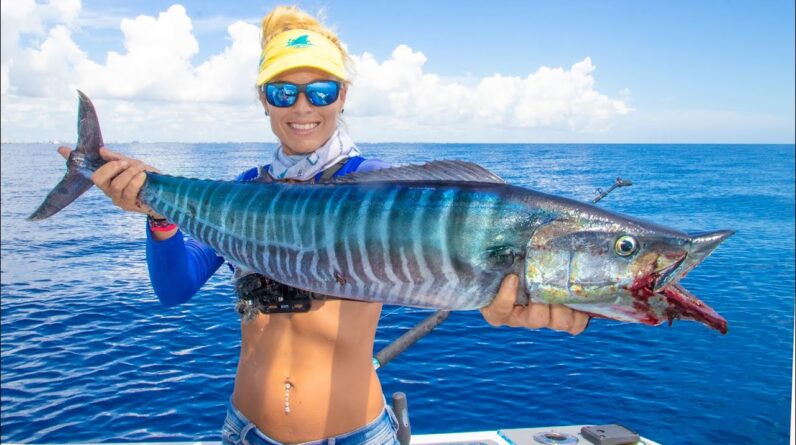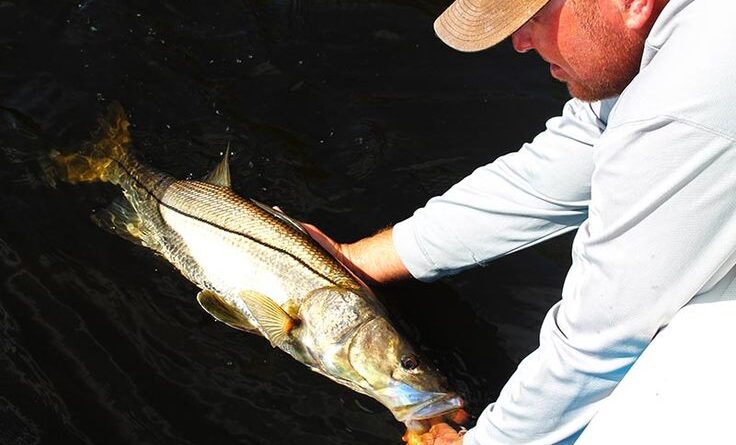Pier fishing presents a wide variety of fish species and challenges, providing fishermen with a singular opportunity to investigate the dynamic interface between land and sea. We’ll dive into the nuances of pier fishing in this comprehensive guide, offering priceless tips, tricks, and equipment recommendations to guarantee a satisfying fishing experience. Your go-to source for improving your pier fishing skills is cheerfulfisherman.com. Explore the vast world of fishing gear and professional advice there.
Understanding the Allure of Pier Fishing
Anglers have a particular place in their hearts for pier fishing for various reasons:
- Reachable Places:
Benefit: Because piers are frequently easily accessible, fishermen can cast their lines into deeper waters without requiring a boat. - A Variety of Fish Species:
Prospect: Fish from many different species, including smaller panfish and popular gamefish, congregate at coastal piers. Every fishing trip is made more exciting by this diversity. - Constant Accessibility:
Advantage: Pier fishing is year-round, giving fishermen steady opportunities, in contrast to some other fishing spots that might be seasonally limited. - Community Atmosphere:
Social Aspect: Piers frequently help fishermen feel more connected to one another. The whole experience of pier fishing can be improved by exchanging advice, anecdotes, and firsthand accounts with other participants.
Essential Gear for Pier Fishing
Selecting the right fishing gear is crucial for success on the pier. Let’s explore the essential equipment every pier angler should consider:
- Combination Medium to Heavy Rod and Reel:
Adaptability: Choose a rod and reel setup that is medium to heavy and strong enough to tackle a range of fish species. This adaptability makes sure you’re ready for a variety of fishing situations. - High-quality Fishing Line:
Strength: Make sure the fishing line you use is strong enough to tackle any obstacles that may arise from the structures surrounding the pier. Because of their durability, braided lines are quite popular. - Bait and Tackle Selections:
Diversity Carry a wide variety of tackle and bait choices to satisfy the needs of different kinds of fish. For a well-rounded strategy, take into account cut bait, live bait, and artificial lures. - Pier Fishing Accessory:
Practicality: To make moving your gear easier, arm yourself with pier-specific accessories like a pier net, pier gaff, and a cozy fishing cart. - Cozy Seating and Coverage:
Durability: Pier fishing sessions can last for several hours, so pack a cozy chair and, if needed, a portable shelter to protect you from the weather.
Key Techniques for Pier Fishing Success
- Modifiable Casting Methods:
Flexibility: To negotiate the different distances around the pier, practice your adjustable casting techniques. Gaining proficiency in sidearm and overhead casts will help you effectively reach various zones. - Recognizing Currents and Tides:
Method: It is crucial to understand tidal currents and movements. Since fish tend to be more active during certain tidal phases, being aware of these patterns improves your chances of landing a meal. - Strategies for Bottom Fishing:
Adaptability: Off piers, bottom fishing is a popular method. Bottom-dwelling species like flounder and sea bass can be targeted by rigging your line with weights and suitable bait. - Surface-Based Enticements:
Excitement: To attract fish that are feeding close to the surface, use surface lures. It can be especially thrilling to use this method to catch fish like mackerel or bluefish. - Observation and Patience:
Fundamental Competencies: Pier fishing requires a great deal of patience. Keep an eye on the actions of other fishermen, keep an eye on the water’s conditions, and pay attention to any indications of fish activity.
Pier Fishing Ethics and Environmental Responsibility
- Respect Fishing Regulations: To encourage sustainable fishing methods, abide by local fishing laws and size restrictions.
- Appropriate Trash Disposal: Get rid of trash from fishing in an appropriate manner. Recycle any lines, hooks, or other debris that might endanger marine life before discarding it.
- Pier Structure Protection: Take caution when handling fish to avoid damaging their protective slime coat. To maintain the integrity of pier structures, and minimize needless impact.
Conclusion: Elevate Your Pier Fishing Adventure
With the information and tools necessary to fully enjoy this exceptional fishing experience, set out on your pier fishing expedition. A plethora of fishing gear and professional advice can be found on cheerfulfisherman.com to improve your pier fishing skills. Pier fishing captures the spirit of coastal angling with its rhythmic sounds of waves lapping against the pier and the excitement of a possible bite. Immerse yourself in this rewarding activity, and allow each cast to help you get better at pier fishing.






